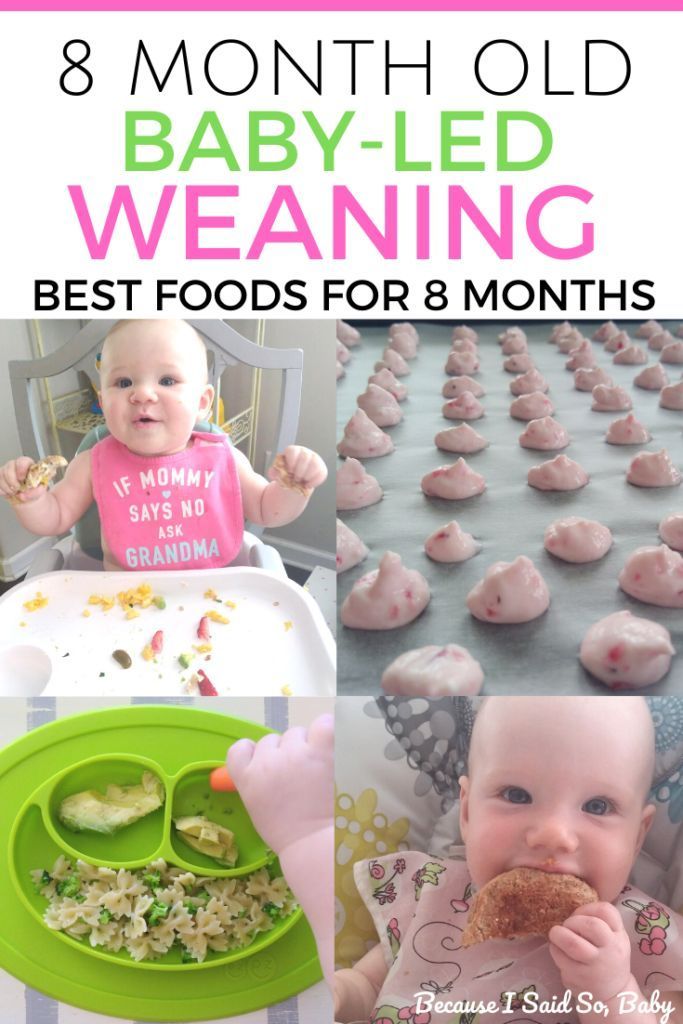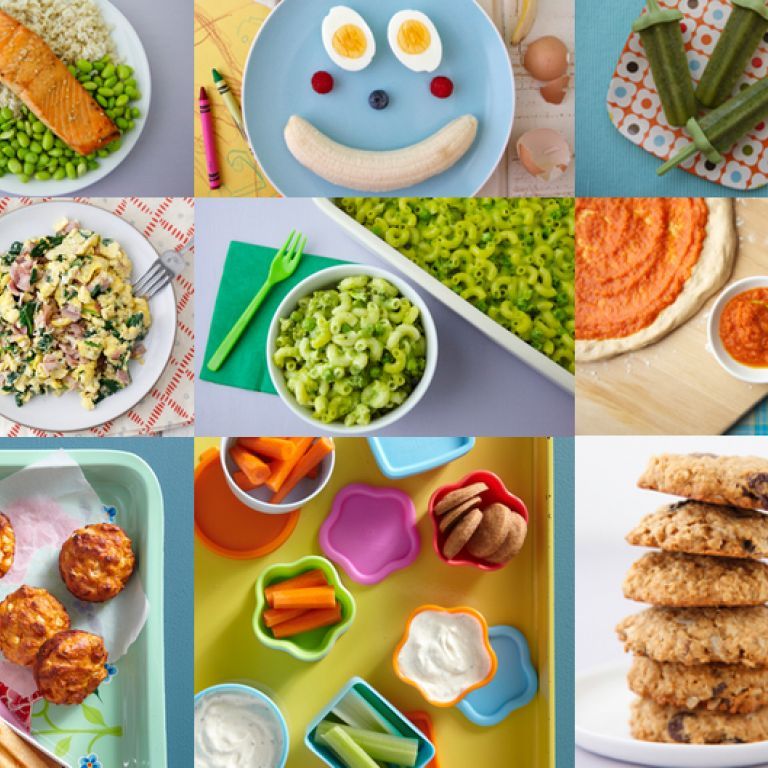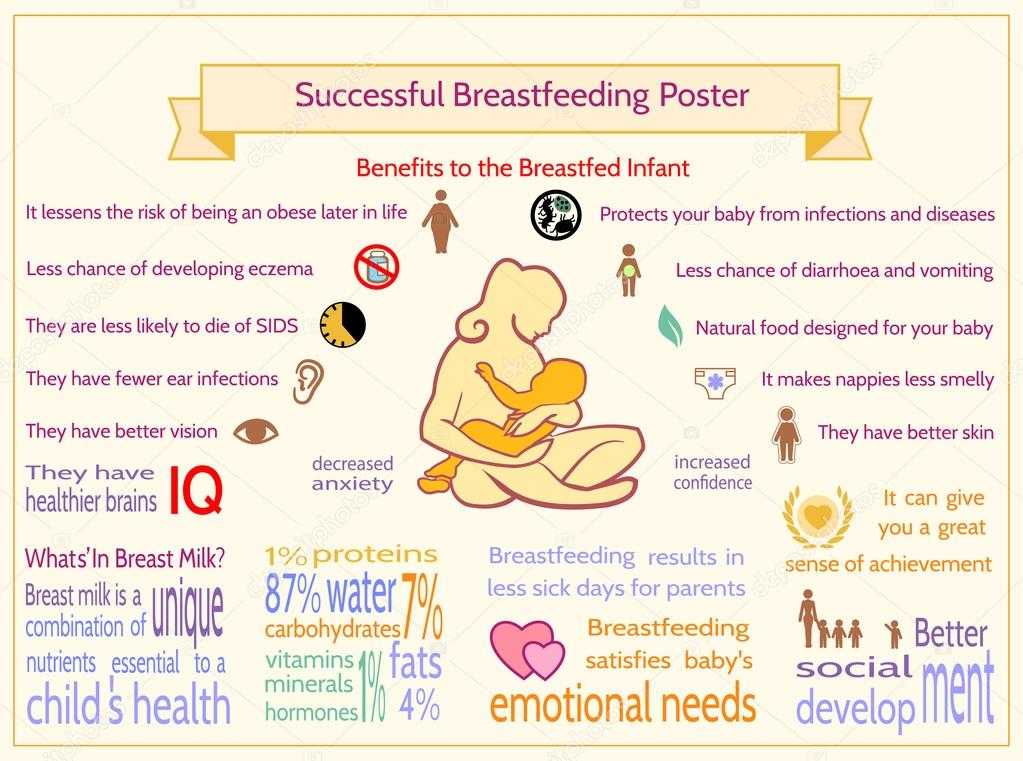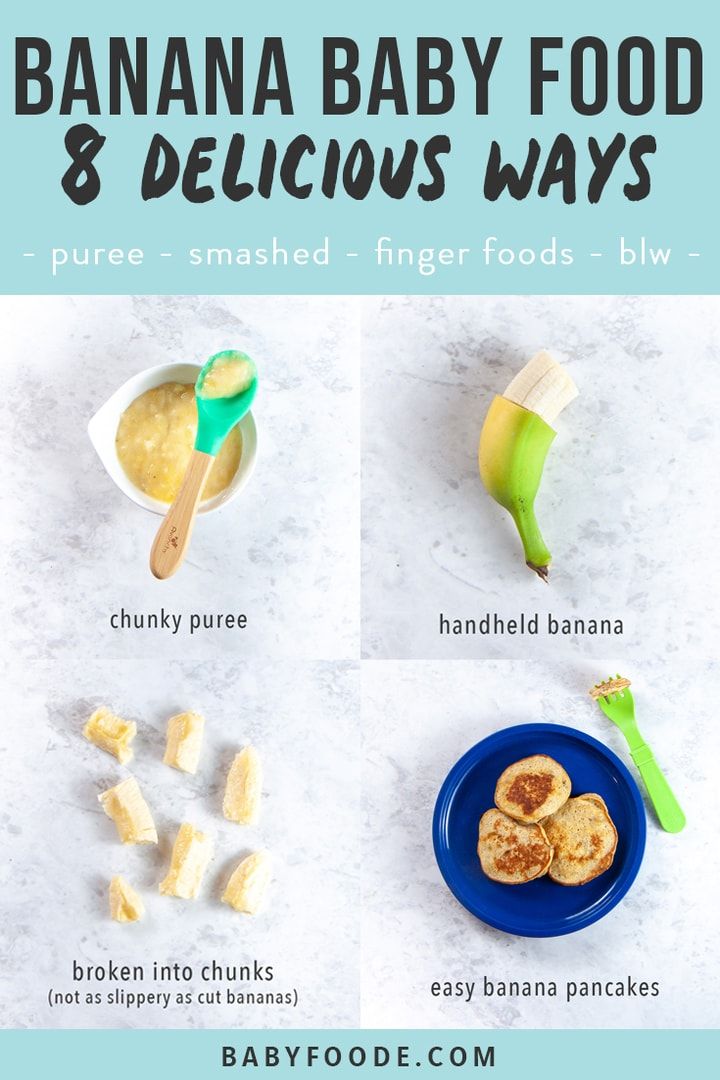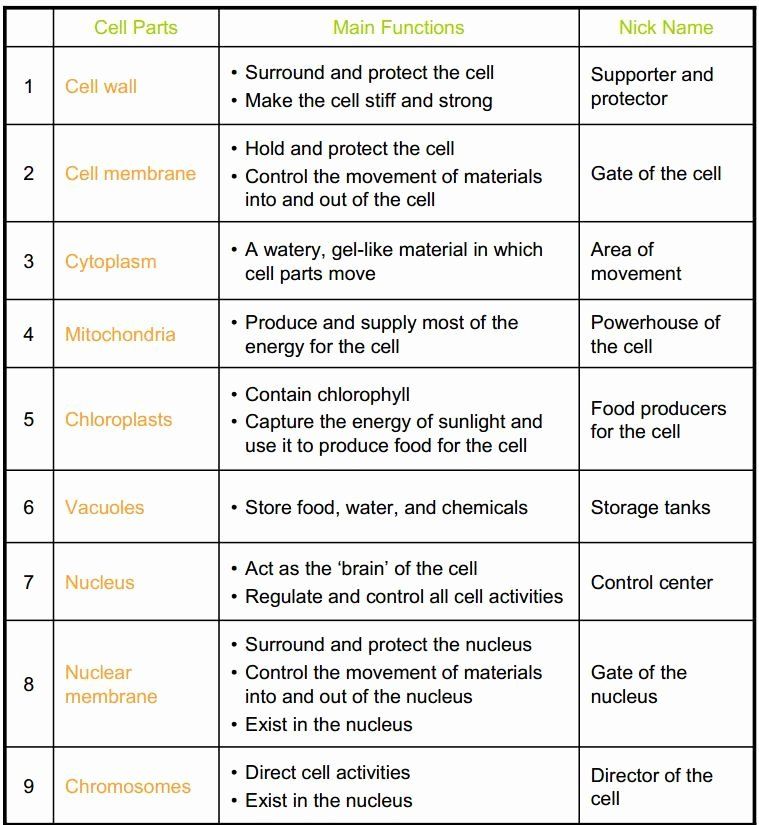Bland foods for babies
Are bland foods best for babies?
This is an automatically translated article.
The article was consulted with Dr. Nguyen Thai Ngoc Chau - Neonatologist - Department of Pediatrics - Neonatology - Vinmec Phu Quoc International General Hospital.
When introducing solid foods to babies, a light diet should be used, which includes foods with a soft texture, lightly spiced, low in fiber and easy to digest. A light diet will help reduce the irritation of the baby's digestive tract. In particular, children should eat small meals often throughout the day, but stop eating 2 hours before bedtime.
Many mothers today still want to give their babies a delicious and richer first meal. In fact, many people believe that if a mother eats strongly spiced foods while breastfeeding, the baby may be used to the spice, although there is no convincing evidence that this is true. . So are bland foods best for babies?
1. What is the Paleo Infant Diet?
Experts in infant nutrition recommend that parents establish a bland diet for their babies called BRAT, which stands for bananas (Bananas), rice (Rice), apple sauce (Applesauce) and Toast (Toast). Of course, the foods mentioned above are only symbolic, but in reality, the BRAT diet consists of foods with a soft texture, mild flavor, low in fiber and easy for children to digest. This diet is especially effective for babies who have a lot of gastrointestinal problems because the foods recommended in this diet have the ability to reduce digestive stimulation in children.
Children should eat in small and continuous meals throughout the day, but be careful not to let them eat their last meal too close to their sleep. Parents should also consult with experts or doctors about what foods should and should not be included in a child's bland diet. The general guidelines below can help your baby get started on a light diet in the most reasonable way.
Chuyên gia về dinh dưỡng khuyến cáo cha mẹ nên thiết lập một chế độ ăn nhạt cho bé
Foods that should be included in the paleo diet include:
Filtered water, breast milk, formula milk, clear liquids, juices, rehydration and electrolyte solutions, bone broth without further preparation. any noodles or salt. Cereals, oatmeal, pasta, mashed banana, apple sauce, cooked vegetables, mashed potatoes, rice, soup, bread.... Dry toast, crackers.... Foods to avoid in your child's bland diet are fruits, raw vegetables, beans, and spices.
any noodles or salt. Cereals, oatmeal, pasta, mashed banana, apple sauce, cooked vegetables, mashed potatoes, rice, soup, bread.... Dry toast, crackers.... Foods to avoid in your child's bland diet are fruits, raw vegetables, beans, and spices.
Some babies may be sensitive to lactose in milk or formula, making their gastrointestinal problems worse when drinking this sugar. In that case, use an oral rehydration solution instead of milk or formula.
However, children should only be on the BRAT paleo diet for a short time because it does not provide the full range of nutrients as other healthy diets. Applying a bland diet for too long can make a child's body malnourished. That means your baby isn't getting the right amount of important nutrients he needs. If the body is malnourished, the child's resistance will decrease and it will be more difficult for the child to recover from the disease. Children can begin a normal diet of fruits and vegetables about 24 to 48 hours after vomiting or diarrhea, and parents should also consult with their doctor before introducing a regimen. light food for babies.
light food for babies.
Trẻ chỉ nên áp dụng chế độ ăn nhạt trong một thời gian ngắn để tránh bị suy dinh dưỡng
2. Are bland foods good for babies?
The answer seems to be no, in traditional American culture, they start infants with bland foods and then introduce other foods with new flavors, salty and spicy. a little more as if to let children gradually approach and get used to the dishes on an ascending ladder. However, there is no scientific evidence that this is plausible. Many other cultures around the world introduce salty or even spicy foods to babies as soon as they start solids, without affecting their development later in life.
Therefore, parents should encourage their children to enjoy foods with different flavors from the beginning. Add some cinnamon, ginger or other spices to your baby's diet. Or stir a little mint into peas and potatoes to help your baby have more interesting experiences about the taste of dishes. However, it should be noted that babies eat very little, so the spices added to their dishes should not be too much.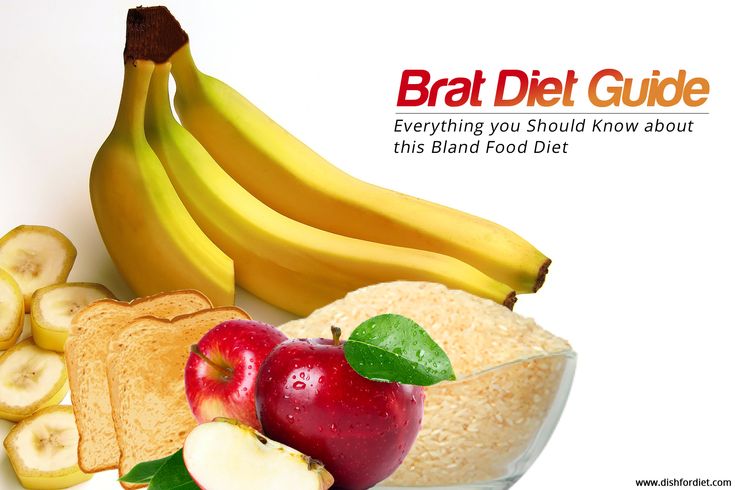 Start with little by little spice and observe your baby's reaction to those foods. Parents may be surprised to discover that their baby really enjoys the smell of basil or coriander when added to dishes and realize that they have developed their own taste for foods. . Another thing to watch out for is that too much sugar or salt should not be added, as doing so can create a habit of loving these less healthy additives.
Start with little by little spice and observe your baby's reaction to those foods. Parents may be surprised to discover that their baby really enjoys the smell of basil or coriander when added to dishes and realize that they have developed their own taste for foods. . Another thing to watch out for is that too much sugar or salt should not be added, as doing so can create a habit of loving these less healthy additives.
Some spices such as sugar and salt are recommended by infant nutritionists not to be added too much to a child's diet. However, some other spices are recommended to help children get used to and have interesting experiences with many different flavors of food. Even a healthy paleo diet like BRAT is not recommended much because they have almost no effect in supplementing nutrients needed for a child's development. It's important to instill healthy eating habits in your child and help him develop his own tastes.
Không nên thêm quá nhiều đường hoặc muối vào khẩu phần ăn của trẻ
Children in the period from 6 months to 3 years old are very susceptible to respiratory problems, respiratory infections, skin diseases and gastrointestinal infections. .. parents need to pay special attention to the care and provision of adequate nutrition for children.
.. parents need to pay special attention to the care and provision of adequate nutrition for children.
Children who do not eat properly are at risk of micro-mineral deficiency causing anorexia, growth retardation, malabsorption,... If they notice the above signs, parents should supplement their children with products. The supplement contains lysine, essential micro-minerals and vitamins such as zinc, chromium, selenium, and B vitamins to help fully meet the nutritional needs of children. At the same time, these essential vitamins also support digestion, enhance nutrient absorption, help improve anorexia, and help children eat well.
Parents can learn more:
Signs of zinc deficiency in children
Micronutrient deficiency and failure to gain weight in children
Please regularly visit Vinmec.com website and update useful information to take care of your child. Take care of the baby and the whole family.
Please dial HOTLINE for more information or register for an appointment HERE.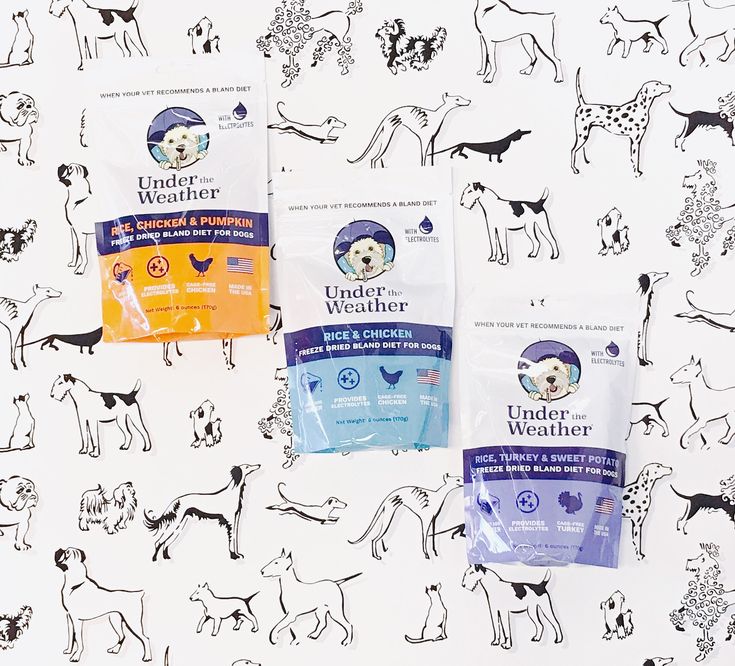 Download MyVinmec app to make appointments faster and to manage your bookings easily.
Download MyVinmec app to make appointments faster and to manage your bookings easily.
Reference source: babycenter.com
XEM THÊM:
- Can obese children be malnourished?
- Standard height and weight of baby at each age
- What foods can a 6 month old baby eat?
Tags: Dinh dưỡng LaminKid Nuôi con bằng sữa mẹ Trẻ 6 tháng tuổi Sức khỏe của trẻ Chế độ ăn nhạt cho trẻ sơ sinh Mẹ và bé Ăn dặm
Bland Diet (Child)
Your child has been prescribed a bland diet.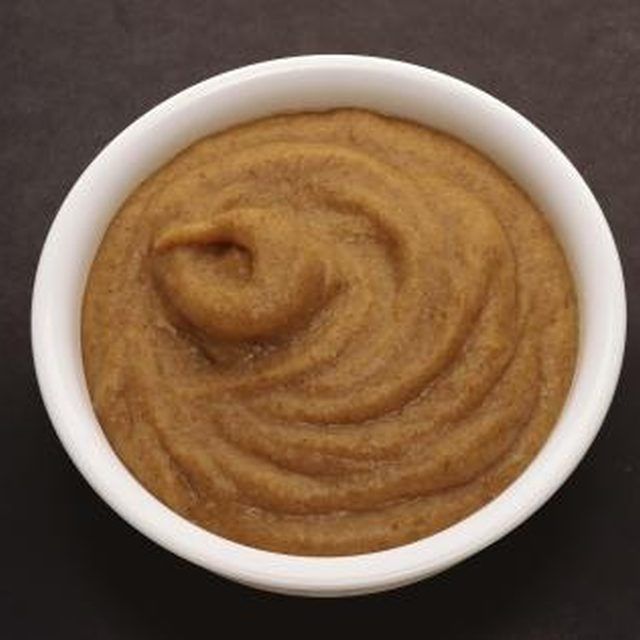 This diet consists of foods that are soft in texture, mildly seasoned, low in fiber, and easily digested. This diet is for children who have digestive problems. A bland diet reduces irritation of the digestive tract. Have your child eat small frequent meals throughout the day, but stop eating 2 hours before bedtime. Follow any specific instructions from the healthcare provider about foods and beverages your child can and cannot have. The general guidelines below can help get your child started on this diet.
This diet consists of foods that are soft in texture, mildly seasoned, low in fiber, and easily digested. This diet is for children who have digestive problems. A bland diet reduces irritation of the digestive tract. Have your child eat small frequent meals throughout the day, but stop eating 2 hours before bedtime. Follow any specific instructions from the healthcare provider about foods and beverages your child can and cannot have. The general guidelines below can help get your child started on this diet.
OK to include:
-
Water, formula, milk, clear liquids, juices, oral rehydration solutions, broth
-
Cereal, oatmeal, pasta, mashed bananas, applesauce, cooked vegetables, mashed potatoes, rice, and soups with rice or noodles
-
Dry toast, crackers, pretzels, bread
Avoid raw fruits and vegetables, beans, spices.
Note: Some children may be sensitive to the lactose in milk or formula. Their symptoms may worsen. If that happens, use oral rehydration solution instead of milk or formula.
Home care
Your child should be able to start eating a more regular, well-balanced diet, including fruits and vegetables, within about 24 hours after vomiting or having diarrhea. Talk with your healthcare provider to learn more.
© 2000-2022 The StayWell Company, LLC. All rights reserved. This information is not intended as a substitute for professional medical care. Always follow your healthcare professional's instructions.
Was this helpful?
Yes No
Tell us more.
Check all that apply.
Wrong topic—not what I was looking for.
It was hard to understand.
It didn't answer any of my questions.
I still don't know what to do next.
Other.
NEXT ▶
Last question: How confident are you filling out medical forms by yourself?
Not at all A little Somewhat Quite a bit Extremely
Thank You!
List of harmful foods for children: what not to feed a child - April 4, 2021
Lifestyle
April 4, 2021, 14:17
34 comments / 74.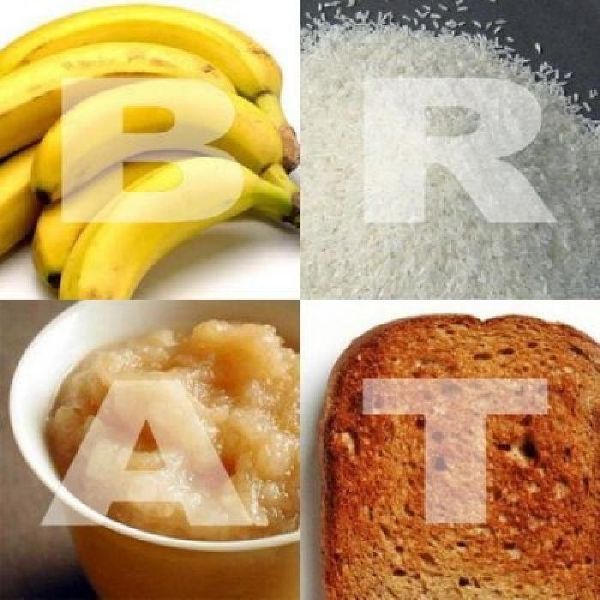 RU
RU Share
It's not just about sugar.
We decided to take a closer look at children's food and find out what children should stay away from. It is clear that the list would definitely include lollipops and other sweets, curd cheeses, ketchups with mayonnaise - you yourself can tell anyone about the harmful properties of these products. But there is food that only seems harmless.
Here's what's harmful about foods that are popular with children
Author: Petr Gindin
We didn't analyze fast food by molecules, but we studied other food that is popular with childrenPhoto: Ilya Barkhatov / 74.RU What is really hidden in nuggetsVitaly Kalistratov / Network of city portalsReconstituted juice is not the best treat for children
Vitaliy Kalistratov / Network of city portalsHow to distinguish good yogurt from bad
Vitaliy Kalistratov / Network of city portals
1
Chicken nuggets
At first glance, there is nothing wrong with nuggets - chicken breast, breading of flour or breadcrumbs, sometimes cheese - that, in general, is the whole composition.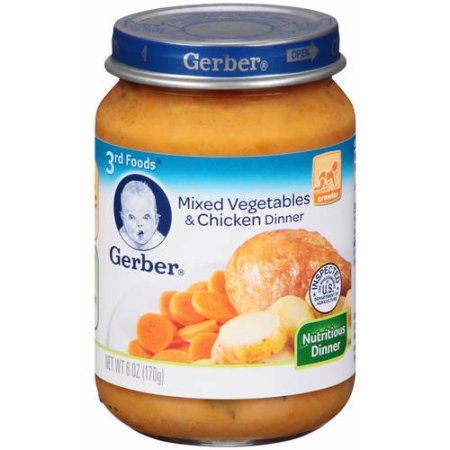 But while manufacturers focus on the fact that their nuggets are made from real chicken, let's take a closer look at this dish. The first thing that brings all possible benefits to zero is deep fat. With this method of heat treatment, carcinogens are formed, and a merciless amount of oil makes the product fatty and high-calorie.
But while manufacturers focus on the fact that their nuggets are made from real chicken, let's take a closer look at this dish. The first thing that brings all possible benefits to zero is deep fat. With this method of heat treatment, carcinogens are formed, and a merciless amount of oil makes the product fatty and high-calorie.
Another point is the proportion of meat and everything else. The examination showed that often there is a lot of breading in nuggets - up to 50% of the total mass. There are no regulations regarding ingredients, so, in fact, manufacturers do not violate anything. But not only do you overpay for crackers and butter, it also turns out that the protein in the nuggets is less than it should be in the chicken breast, and there are too many carbohydrates.
Nuggets can also contain too much moisture. Yes, this makes them juicier, but you overpay for regular water. And due to the fact that in addition to chicken meat, nuggets contain many other ingredients (including those not indicated in the composition), their nutritional value is much lower compared to the same chicken breast.
Vitaliy Kalistratov / Network of city portals
And do not forget that nuggets are a product of deep processing. With sugar (even if it is not felt, but it is) and added fats.
“Over time, due to the uncontrolled consumption of large amounts of sugar, a person develops insulin resistance,” says dietitian Irina Toropygina. - Decreased sensitivity of insulin receptors. That is, there is a lot of glucose in the blood, but it is not absorbed, does not enter the cell, the cell experiences hunger and does not receive glucose to perform energy functions. In response to this, a person consumes sweets even more and only aggravates the situation. Excessive consumption of sugar inevitably leads to the development of carbohydrate dependence and, over time, to the formation of diabetes mellitus and obesity.
Irina Toropygina — dietitian, specialist in functional integrative nutrition, DNA testing specialist.
We didn’t disassemble fast food by molecules, but we studied other food popular with childrenPhoto: Ilya Barkhatov / 74. RUWhat is really hidden in nuggets
RUWhat is really hidden in nuggets Vitaly Kalistratov / Network of city portals to distinguish good yogurt from bad
Vitaliy Kalistratov / Network of city portals
Share
2
Corn flakes and muesli
Doctors say that it is more beneficial to feed a child with biscuits than corn flakes - they even have less sugar. In addition, the option of a light and quick breakfast, beloved by children (and sometimes their parents), will “give” the body extra sweeteners, flavor enhancers and flavors. And if you see the inscription “enriched” on the packaging, this only indicates that the product has undergone maximum industrial processing.
Maybe replace muesli flakes? Maybe. But not the fact that they will be more useful.
— Due to the content of cereals and nuts, any muesli is quite high in calories: from 300 kcal and more, — says dietitian Elena Pavlovskaya. - Baked ones are fried in oil: they are, of course, tasty and crispy, but this is more a dessert than a healthy meal.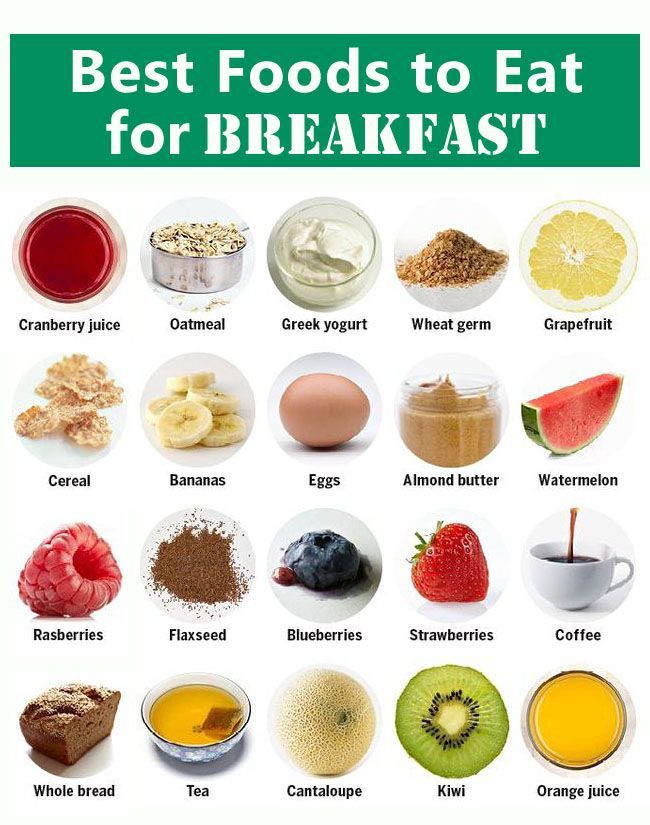 The recommended amount of muesli even for an adult is no more than 30–50 grams per day. Do not forget that there are contraindications to eating muesli: if you have an exacerbation of gastritis or problems with the intestines, you do not need to eat them. They contain a lot of dietary fiber, which can irritate the mucous membrane of the stomach and intestines.
The recommended amount of muesli even for an adult is no more than 30–50 grams per day. Do not forget that there are contraindications to eating muesli: if you have an exacerbation of gastritis or problems with the intestines, you do not need to eat them. They contain a lot of dietary fiber, which can irritate the mucous membrane of the stomach and intestines.
Elena Pavlovskaya — dietitian, candidate of medical sciences, researcher at the clinic of the Research Institute of Nutrition of the Russian Academy of Medical Sciences.
Vitaly Kalistratov / Network of city portals portalsHow to distinguish good yogurt from bad
Vitaliy Kalistratov / Network of city portals
Share
3
Juice
Children's juice producers are usually honest with their little consumers. In their examination products, neither sulfur dioxide (a preservative), nor ethyl alcohol, nor patulin (a toxic substance of natural origin that affects the digestive tract; sometimes present in food) is found. These drinks are made from exactly the fruits indicated on the package, they even contain a certain amount of vitamins and nutrients. But what's the catch?
In their examination products, neither sulfur dioxide (a preservative), nor ethyl alcohol, nor patulin (a toxic substance of natural origin that affects the digestive tract; sometimes present in food) is found. These drinks are made from exactly the fruits indicated on the package, they even contain a certain amount of vitamins and nutrients. But what's the catch?
“Let's start with the fact that the best source of fluid for both a child and an adult is water,” says nutritionist Irina Borodina. – Theoretically, juices can be used for baby food, but we must remember that packaged juices contain a lot of sugar, have a high glycemic index, increase appetite, have a sweet taste, which can lead to the formation of wrong taste preferences and refusal of some children from unsweetened foods (vegetable puree, porridge without sugar). For children 7-12 months old, the World Health Organization generally recommends not giving juices, but chopped raw fruits and vegetables: for example, banana, melon or tomato.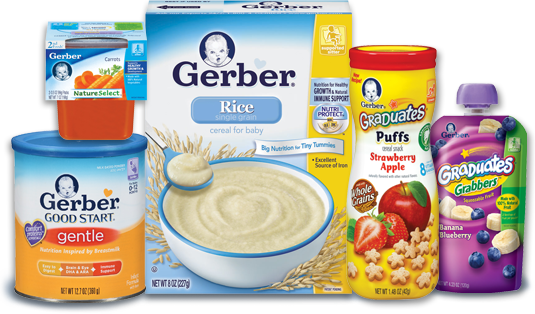
Irina Borodina — dietician, candidate of sciences, therapist of the 1st category.
Rospotrebnadzor notes that the most useful juice products are freshly squeezed juices made at home or in a restaurant. They retain the vitamins that were in the "source codes". But even they are not as healthy as whole vegetables and fruits due to the abundance of simple carbohydrates and low fiber content. Pasteurized direct-pressed juices are somewhat less useful. They are made from fresh vegetables, fruits or berries by mechanical pressing, and then kept at a temperature of 60-80 degrees: this method allows you to save a significant part of the beneficial properties of freshly squeezed juice. Reconstituted juice is even less useful. There are very few vitamins in it, and to make it healthier, manufacturers can artificially add vitamins and other biologically active substances (and this will be enriched juice).
Vitaly Kalistratov / City Portal Network portalsReconstituted juice is not the best treat for children
Vitaly Kalistratov / Network of city portalsHow to distinguish good yogurt from bad
Vitaly Kalistratov / Network of city portals
Share
4
Yoghurt
If children tried the “proper” yogurt, most likely they would refuse it once and for all - it is almost tasteless. But in a natural product there are definitely those very living bacteria for which it is valued. But the choice of thermally processed yogurts (the very ones that you see on store shelves) is Russian roulette. In addition, it is important to separate at least two types of products in it: for babies from eight months and for children from three years old.
But in a natural product there are definitely those very living bacteria for which it is valued. But the choice of thermally processed yogurts (the very ones that you see on store shelves) is Russian roulette. In addition, it is important to separate at least two types of products in it: for babies from eight months and for children from three years old.
Yoghurts for babies from three years of age usually contain almost twice as much sugar as yogurts for babies from eight months. For a child under three years of age, this amount of sugar puts a lot of stress on the liver and pancreas. The risk of developing diabetes and obesity increases. Therefore, added sugar in complementary foods, if possible, should not be at all. Also, yogurts for children over three years old may have a higher acidity, which is also not good for babies.
Children's dairy products should contain no more than 7-8% sugar. Studies show that in some cases this norm is significantly exceeded (but who will tell you about it on the packaging!) - 10% or more.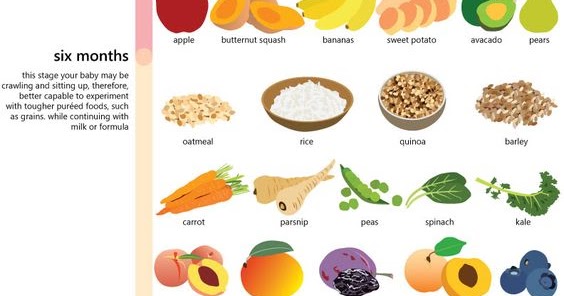 Three sugar cubes in one jar. Half the daily value of an eight-month-old baby.
Three sugar cubes in one jar. Half the daily value of an eight-month-old baby.
— For example: ice cream contains four tablespoons of sugar, vanilla yogurt contains five, and 300 grams of sparkling water contains nine, says Irina Toropygina. “Besides, we all heard about probiotics, but their effect is somewhat exaggerated. They artificially settle in the intestines and restore the population of beneficial bacteria. This is their main property. However, most of it is lost during digestion.
Vitaliy Kalistratov / Network of city portals
An important component of yogurt is calcium. According to reference data, natural yogurt should contain 110–125 mg of calcium per 100 g of product. Some manufacturers promise even more - up to 240 mg. But these numbers remain only on the packaging. Experts checked how much calcium is in different yogurts. It turned out to be 2-3 times less than promised. That is, sometimes manufacturers take the numbers on the packaging, as they say, from the ceiling.
Calcium is essential for normal growth and development of the child. With its deficiency, the formation of bones and teeth is disturbed, children suffer from nervous disorders, increased nervous excitability, and convulsions may occur. The daily requirement for calcium depends on the age of the child. It is, according to the norms of physiological needs for energy and nutrients for various groups of the population of the Russian Federation: from birth to 3 months. - 400 mg, 4-6 months. - 500 mg, 7-12 months. - 600 mg; from 1 year to 3 years - 800 mg, from 3 to 7 years - 900 mg, from 7 to 11 years - 1100 mg.
“Children get only empty carbohydrates from sweet yoghurts,” says pediatric endocrinologist Natalia Lomonosova. - But dairy products cannot be excluded from the children's diet. They can and should be eaten. But let it be ordinary kefir, without sugar. If the child loves "Snowball", add half a teaspoon of sugar to a glass of kefir, it will be more useful. The child will receive both calcium and protein.
Vitaly Kalistratov / City Portal NetworkReconstituted juice is not the best treat for children
Vitaly Kalistratov / City Portal NetworkHow to tell good yogurt from bad
Vitaly Kalistratov / City Portal Network
Share
5
Instant noodles have been proven
these doshiraki are the same egg noodles, and without the seasonings that are in the package with the product, everything is not so bad. But it should be excluded from baby food. Instant noodles, brewed according to all the rules indicated on the package, are mostly rich in phthalates - chemicals that can cause endocrine disruption, reduce testosterone levels and harm reproductive performance. A large amount of phthalates, as it turned out, is contained in cheese powder (it's time to skip the cheese-flavored pack) - more only in flexible PVC and some types of cosmetics.
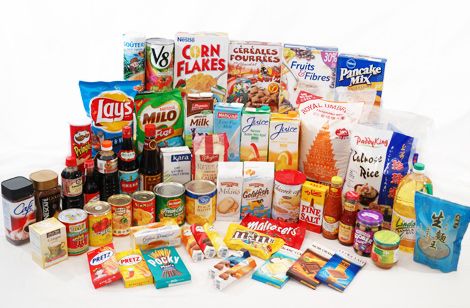 For all that, the European Union, known for its strict regulations on food and household chemicals, has not listed phthalates on the list of highly hazardous substances, so manufacturers, in general, work within the established norms.
For all that, the European Union, known for its strict regulations on food and household chemicals, has not listed phthalates on the list of highly hazardous substances, so manufacturers, in general, work within the established norms. We didn’t analyze fast food by molecules, but we studied other food popular with childrenPhoto: Ilya Barkhatov / 74.RUWhat is really hidden in nuggets
Vitaly Kalistratov / Network of city portals portalsHow to distinguish good yogurt from bad
Vitaliy Kalistratov / Network of city portals
Share
ChildrenFoodBreakfastSchool breakfasts
SURPRISE0
Sadianess1
Comments 34
Read all comments to commentary commentYou join
The most vivid photos and videos of the day - in our groups on social networks
- telegram
- Yandex.Desen
9 Select a fragment and press Ctrl+Enter
Media news2
report news
Send your news to the editor, tell us about a problem or suggest a topic for publication.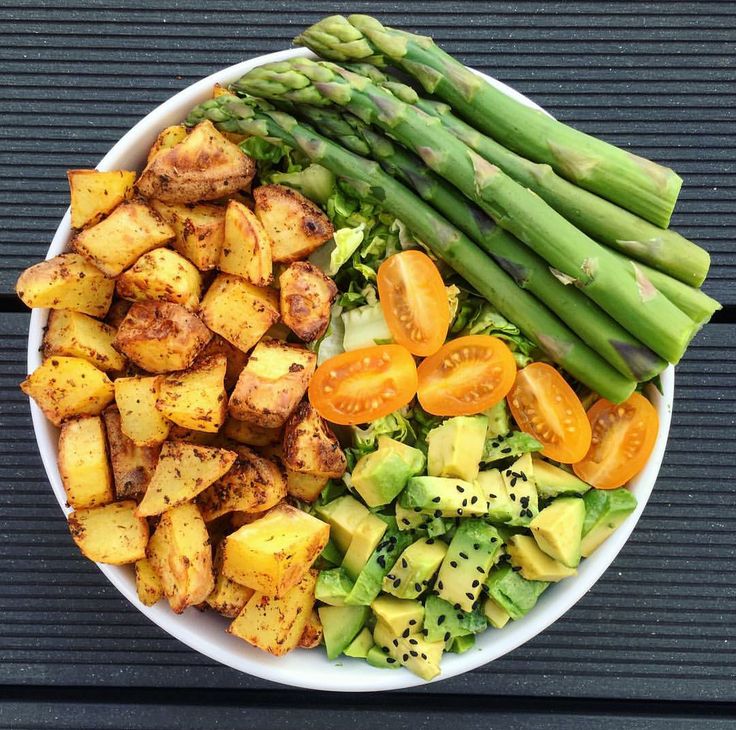 Upload your video and photos here.
Upload your video and photos here.
- Vkontakte group
Company news
Comments34
7 products that are undesirable for children under one year old
Of course, modern mothers know that babies should not be given sausages, soda and cream cakes. What else can not eat children under one year old? We made a list of 7 less obvious foods.
1. Salt
Excess salt in the diet is harmful to the baby's kidneys and can lead to swelling and dehydration. Of course, a lack of salt is also not useful, but in real life, with a normal diet, it practically does not occur: salt is contained in sufficient quantities in most foods, and there is no need to add salt on purpose. And if for us, adults, baby purees and cereals without salt and sugar seem tasteless and disgusting, don’t worry, for a baby, the situation is completely different.
The taste perception of young children is not yet spoiled by excessively sweet and salty foods, flavorings and flavor enhancers. If your child refuses mashed broccoli, then most likely he just does not like the taste and texture of broccoli, and not at all the lack of salt.
If your child refuses mashed broccoli, then most likely he just does not like the taste and texture of broccoli, and not at all the lack of salt.
2. Sugar
Everyone knows the dangers of excess sugar - dental problems, obesity, associated cardiovascular diseases and the risk of developing diabetes. However, it can be very difficult to refuse a cookie or candy to a child familiar with the sweet taste, and tears are usually inevitable. What to do?
The secret is simple - introduce foods with added sugar into your baby's diet as late as possible, at the earliest in the year, although it is better to wait until two years. The National Nutrition Optimization Program for Children aged 1 to 3 years recommends limiting sugar in the diet of babies 1 to 3 years old to 25-30 grams per day, taking into account the sugar found in special baby foods, juices, yogurts, etc.
3. Honey
It would seem that honey is a wonderful and healthy alternative to sugar, so why is it not recommended for babies under one year old? In fact, the reasons some. First, honey can contain spores bacteria Clostridium botulinum. The immune system of adults and children older people can easily cope with them, but in babies they can cause a deadly disease called infantile botulism.
First, honey can contain spores bacteria Clostridium botulinum. The immune system of adults and children older people can easily cope with them, but in babies they can cause a deadly disease called infantile botulism.
Secondly, honey is the strongest allergen, so it is better to postpone acquaintance with it until a later age.
4. Fruit juices and drinks
American Academy of Pediatrics (AAP) released in 2017 New recommendations for adequate intake of fruit juices in infants, young children and adolescents who begin with advice to completely avoid fruit juice for feeding infants life. According to AAP, excessive juice consumption can lead to diarrhea, overeating or, conversely, malnutrition, as well as to occurrence of dental caries*. At the same time, babies can and should be offered Whole fruit, mashed or pureed.
A various fruit drinks and nectars in addition to natural sugar from fruits often contain added sugar, which makes them perfectly unsuitable for feeding babies up to a year.
Breeding of juices and nectars with water does not completely solve the problem, since it does not reduce dental risks. If your child refuses to drink water, try compotes and fruit or herbal teas.
5. Foods that are easy to choke on
The danger of a product to children is determined by several characteristics: consistency, shape, and size. Most often babies gagging slippery, round, sticky, fibrous and hard products.
The most dangerous are all round and large enough to block the airways: lozenges, grapes, cherry tomatoes, nuts**. Not far behind in sad dangerous food rating other candies (especially sticky ones), fish bones and meat and, in fact, the meat itself ***.
Remember that theoretically a child can choke on any food, so never leave your baby unsupervised eating.
6. Egg white
Have you ever wondered why in all complementary feeding schemes is it the yolk, not the whole egg? Nothing surprising: egg protein is one of the strongest allergens.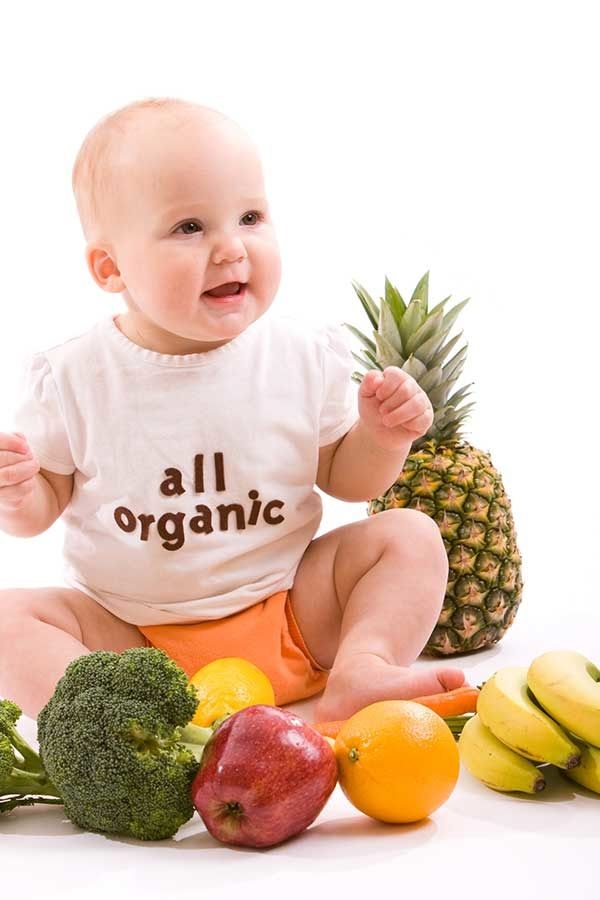 Up to a year is better limit the baby to only the yolk, and introduce the protein a little later.
Up to a year is better limit the baby to only the yolk, and introduce the protein a little later.
Only make sure the eggs are thoroughly cooked. Raw and half-raw eggs may contain a bacterium that causes salmonellosis, a disease deadly for young children.
7. Cow and goat milk
Surprised? Whole cow's milk is the main cause of allergies in children under one year old. In addition, it contains a large amount of lactose, milk sugar, which some babies have difficulty digesting due to the fact that their gastrointestinal tract is not yet sufficiently developed. There are studies linking the early introduction of animal milk into the diet as a substitute for mother's milk or infant formula with an increased risk of iron deficiency anemia and type 1 diabetes. ****
Goat milk is actually not much different from cow milk, goat and cow are evolutionarily close, goat milk proteins are very similar in structure to cow proteins, and almost as often cause allergies.

